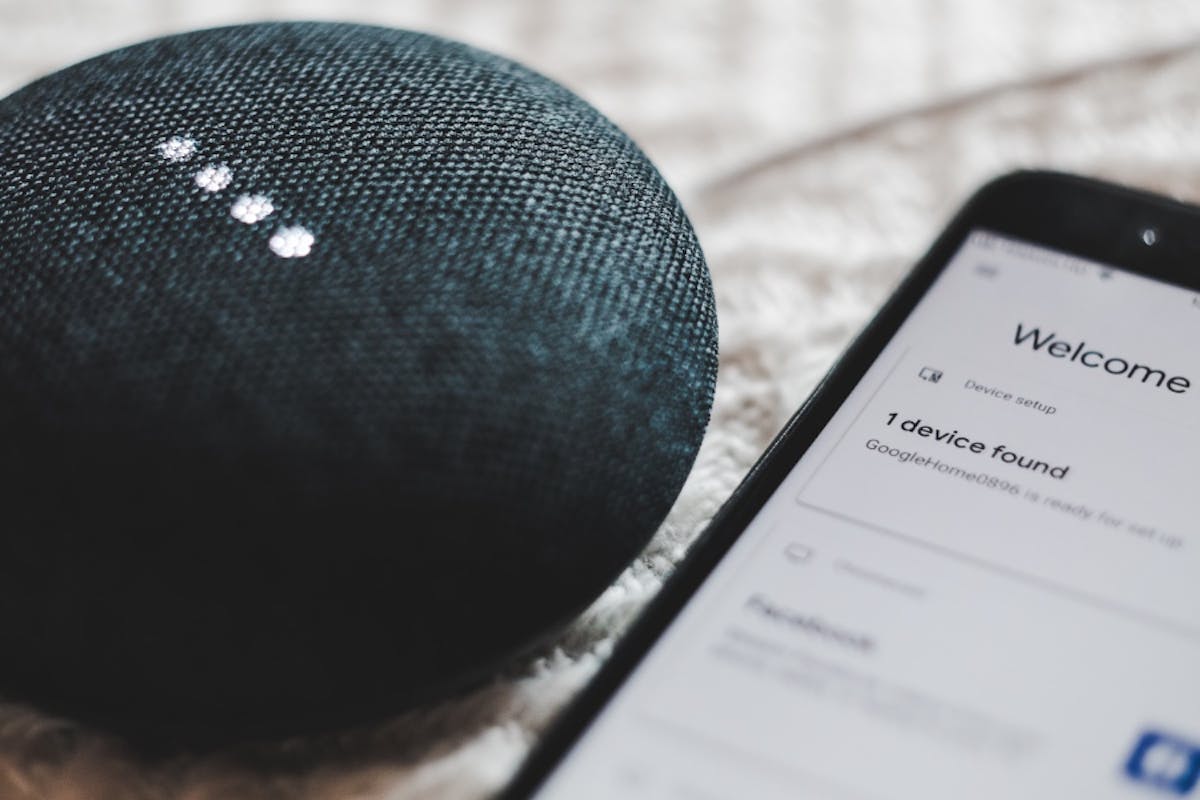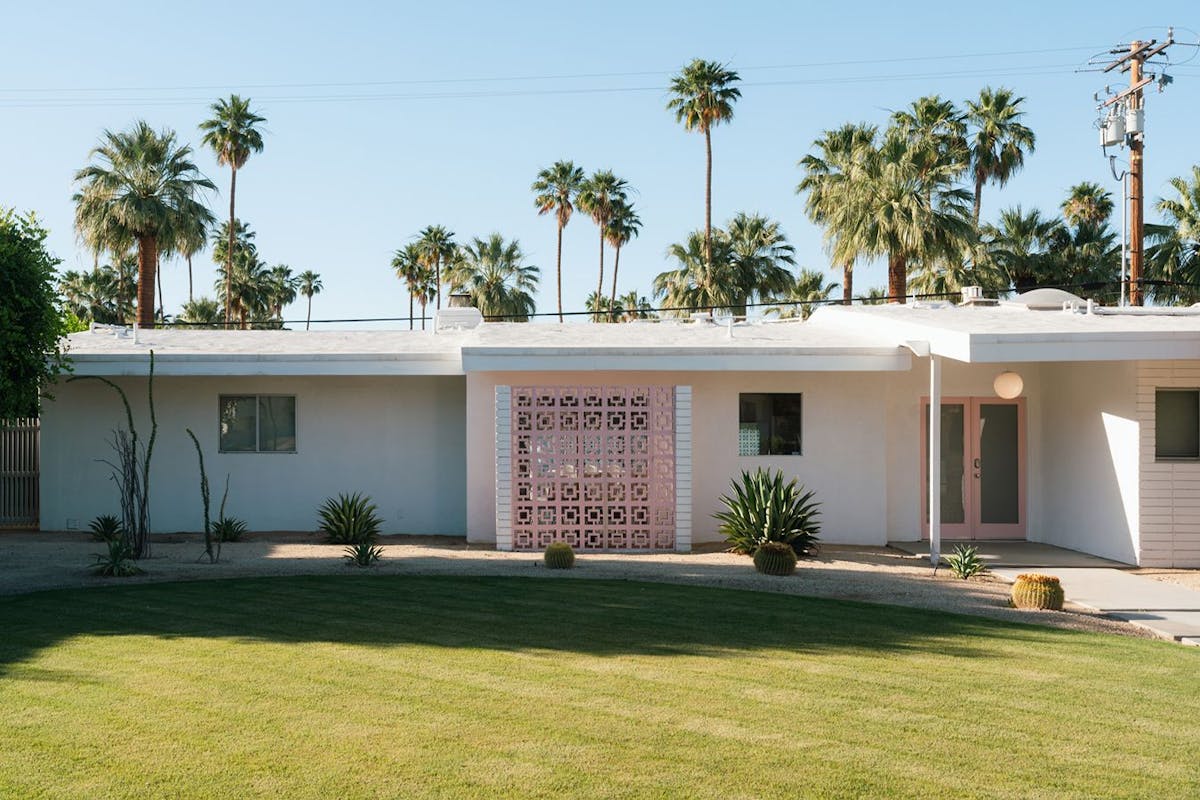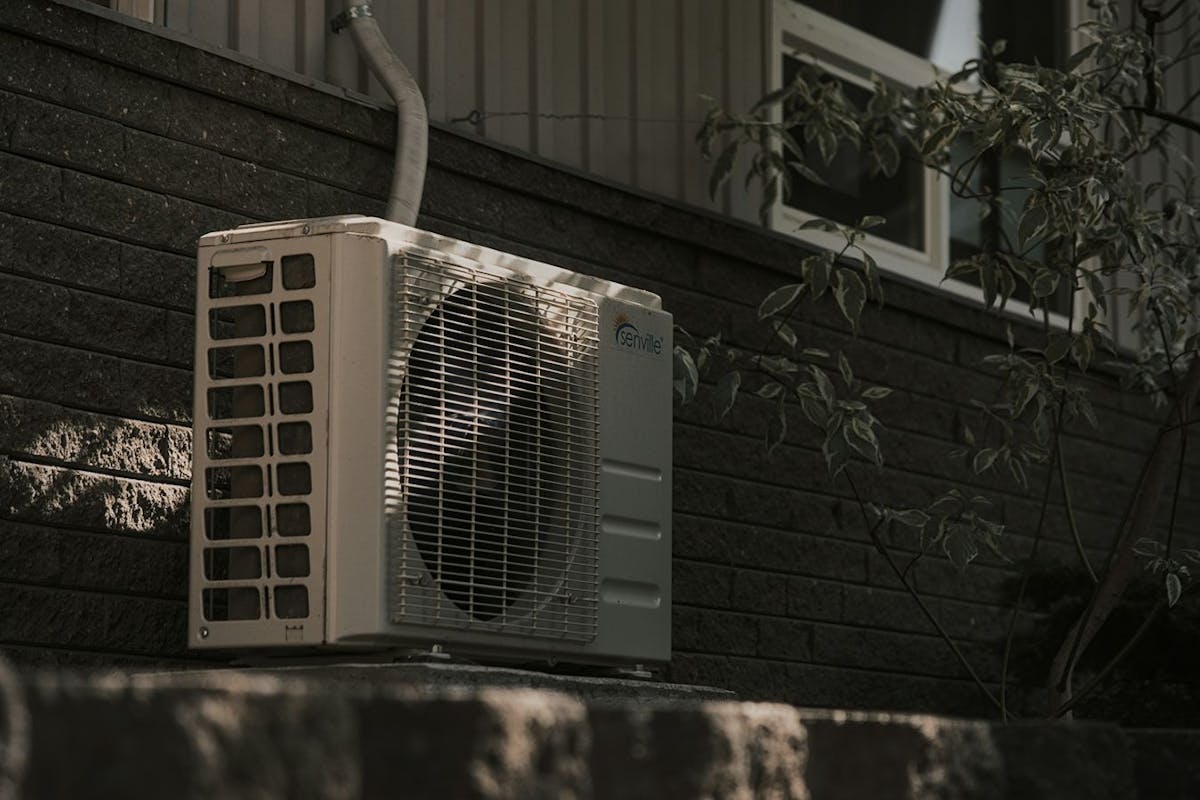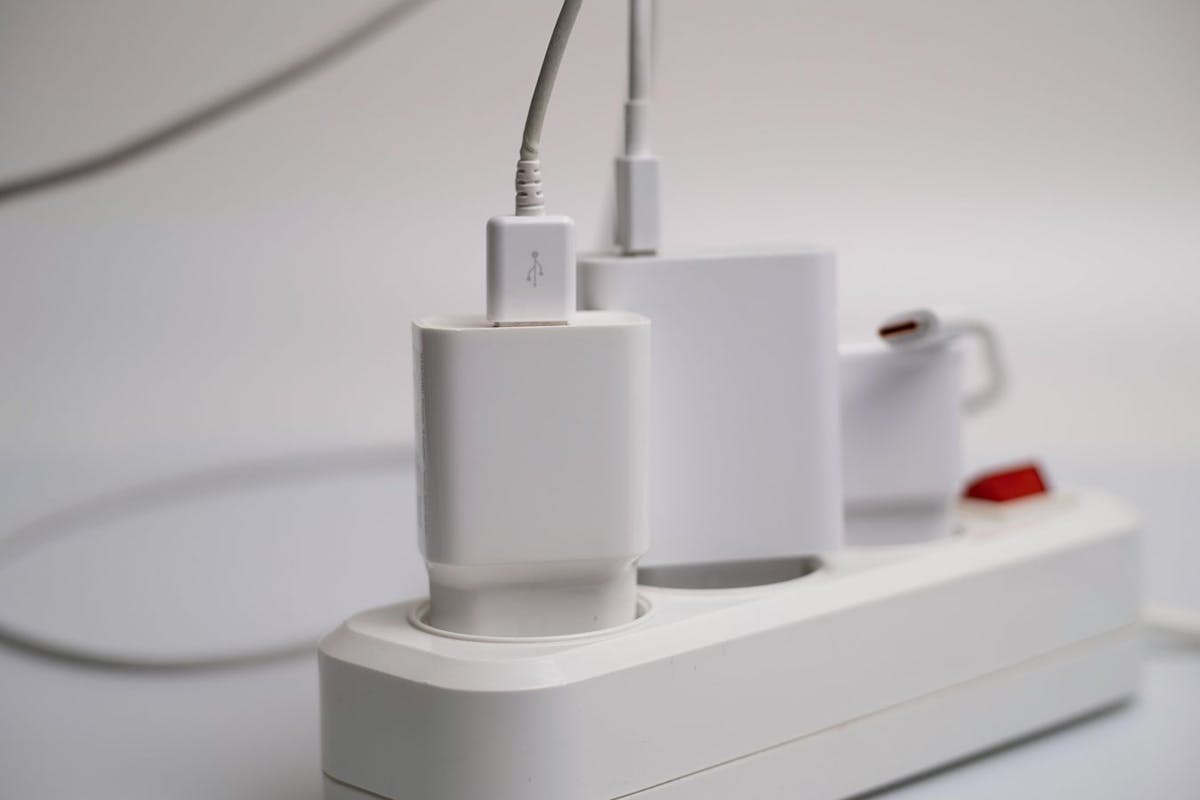Money-Saving Smart Home Devices: Smart Plugs, Lights, Thermostats, and More
Last edited

Author
Andrew Giermak
Solar and Electrification Writer and Editor

Editor
Andrew Blok
Electrification and Solar Writer and Editor

Smart home devices can take your comfort and convenience to the next level. They can also help you shave dollars off your energy bill.
Once you've automated more energy-consuming parts of your home, you can save energy and money without lifting another finger. You won't need to remember to adjust your thermostat, because you thermostat remembers for you.
Here's what you need to know about the energy- and money-saving potential of key smart home devices.
See how much you can save with home energy changes
How Do Smart Home Devices Save You Money?
Smart home devices can save you energy and money. These devices let you monitor, control, and automate household tasks in a way that optimizes your energy use to save you money. Smart heating and cooling, lighting, large appliances, water heaters, and more let you run your home in a more energy-efficient way.
Smart devices that monitor and schedule energy intensive tasks can help you save by letting you use less energy and avoid peak rates on time-of-use plans.
Control Your Lighting
Lighting accounts for about 5% of the average annual energy consumption for a single family home in the United States. Light bulbs left on when no one is in the room translate to unnecessary costs and wasted energy.
Smart light bulbs or smart switches that automatically dim or turn off lights when not needed can help solve that problem.
Smart light bulbs
Smart bulbs are arguably the easiest devices you can incorporate into your home for energy savings. All you need to do is replace your old bulbs with these energy saving products.
To begin with, smart lights provide you with remote control over your lighting. You can switch lights on or off via an app on your phone.
Smart bulbs can also be paired with geofencing capabilities and motion sensors. With geofencing, your phone can tell when everyone has left the house, and turn off all the lights automatically. For more fine-tuned control, you can pair smart lights with motion detectors that will sense when no one is in a room and automatically switch the lights to a more efficient mode or off.
Best of all, the energy efficiency of light bulbs has increased drastically in the past few years. Because smart bulbs are also LED bulbs, they consume up to 90% less energy than incandescent bulbs and can last more than 25 times longer.
Smart light bulbs reduce energy costs as well as offer greater control and convenience by offering features such as:
- Remote control using a smartphone app
- Voice control via a smart speaker
- Customize lighting for activities like reading, watching movies, or hosting friends
- Follow a time-based schedule to turn light on and off
Smart switches
Another excellent money-saving smart home device is a smart switch. The main difference between smart light bulbs and smart switches is that switches can turn on and off or dim, and have additional features like the ability to change colors or change with music.
Along with lighting, smart switches can also be used to control fans and other electrical appliances, enabling similar energy-saving benefits like scheduling and automatic turn-off. Some smart switches come with motion detection capabilities, lighting up a room, hallway, or path only when someone is passing by.
Save on Cooling and Heating
According to the US Department of Energy, up to 55% of the energy used in homes goes to heating and cooling needs. Therefore, using energy-saving heating and cooling systems is crucial for achieving smart home energy savings.
Some of the devices you can use for saving in this category are smart thermostats, ceiling fans, and window coverings. They help you use less energy, and help keep the temperature more consistent.
Smart thermostats
In recent years, smart thermostats have become a popular energy saver as thermostats play the biggest role when it comes to indoor temperature regulation. The ability to control a smart thermostat by voice, smartphone, smart assistant, and other devices makes them highly convenient and helps reduce energy waste.
You can program a smart thermostat to meet the ideal temperature for comfort and savings on a specific schedule and adjust that schedule automatically with geofencing.
Remote control allows you to switch your heating and cooling on or off, or adjust temperature settings at any time and from anywhere. Rather than walk into a cold or hot home, you can set the desired temperature on your way home. Some thermostats can learn your heating and cooling preferences automatically and adjust accordingly.
Smart thermostats can also save money by reminding you when system maintenance is necessary, such as when it's time to change your air filter. Some can even detect issues with your HVAC system and ducts and warn you of potential problems.
Smart ceiling fans
To achieve greater smart home energy efficiency with heating and cooling, you can use a smart ceiling fan to support the thermostat. Ceiling fans help rooms feel four degrees warmer or colder, reducing your reliance on HVAC systems and saving energy.
As with other smart home energy-saving devices, you can control a smart ceiling fan using your phone, tablet, or other connected device.
Smart blinds and smart window coverings
You can control smart window treatments using your phone or voice commands to open and close blinds on a set schedule, or based on temperature, even when they are hard to reach. Blinds and curtains can reduce the amount of heat that enters or leaves your home via your windows.
You can also program smart window coverings to respond to the environment automatically. They can open in the winter when the sun is out to let in the warmth from the sun, and close up in the summer as soon as your AC turns on.
See how much you can save with home energy changes
Kill Vampire Power
Understandably, most people think electric devices only consume energy when they're on. Some devices, referred to as energy vampires, continue to use power even when they're turned off. It is estimated vampire energy accounts for 13.7% of a US home's annual energy cost.
A few devices can kill energy vampires automatically, so you're not stuck unplugging them when you're not using them.
Smart plugs
Smart plugs serve as a bridge between the outlet and the device you want to power.
You can use them to turn devices on or off from your phone, or to put them on a schedule. You can even program all of your smart plugs to turn off automatically after the last person leaves the house.
One of the biggest advantages of smart plugs is that they are arguably the cheapest energy-saving devices available, and can turn almost any appliance into a smart device.
Some of the other benefits of smart plugs include:
- Identify appliances that consume a lot of energy so you can make informed decisions about your next purchase
- Make your house seem lively and occupied, even when you are away from home, to increase home security
Smart outlets
If you do not like the idea of a two-part connection to your electrical outlets, opt for smart outlets instead of smart plugs. Just like smart plugs, smart outlets turn all connected devices into smart appliances by connecting them to a Wi-Fi network, allowing you to control them remotely using an app.
The main drawback to smart outlets is you have to replace the power outlets in your home. However, the end result can be less obtrusive, as most smart outlets look nearly identical to a regular outlet.
Conserve Water
Along with electricity, a lot of water goes to waste in homes. According to the Environmental Protection Agency (EPA), the average household's leaks can account for nearly 10,000 gallons of wasted water every year, and 10% of homes have leaks that waste 90 gallons or more per day. Finding and fixing those leaks can save homeowners about 10% on their water bill.
Smart leak detectors
Smart leak detectors sense water problems and send alerts when they detect an issue, allowing you to address the issue swiftly. Using smart leak detectors can be very valuable for saving money and stopping a leak before it’s a bigger, more expensive problem.
Smart leak detectors can have additional features such as:
- Monitoring water flow in pipes in real time
- Providing recommendations on how to conserve water
- Shut off the flow of water into the home after detecting a leak
Smart sprinkler controllers
Smart sprinklers can save money on energy by enabling efficient water use, allowing you to easily schedule when they turn on and for how long.
Caring for your lawn also becomes easier. You can turn your sprinkler on and off remotely, and some can even show you how much water is needed each day.
When it rains, a smart sprinkler system can skip a watering session automatically, ensuring that watering is done according to environmental conditions.
Smart appliances
Another category of smart home energy saving product and water conservation method you should consider are smart appliances. Dishwashers and washing machines use electricity and water to clean clothes and utensils, and smart appliances are an ideal solution as they are energy-efficient and use less water.
More importantly, some smart appliances can even be programmed to connect with the grid and operate when energy is cheaper to gain additional savings.
Unlocking the Full Value of Energy Savings
Rising utility costs are arguably the primary reason most people look for smart home energy savings.
Adding smart home devices is a great first step towards an energy-efficient home. You can further reduce your electricity costs by turning to solar for your energy needs.
See what you can save with solar or home energy changes with Palmetto’s free solar savings calculator and energy advisor.
See what home electrification can do for you:
Frequently Asked Questions
Do smart home devices save energy?
Smart home devices can help you save energy by tracking the energy you use and controlling devices and appliances for better energy efficiency. You can program smart home devices with programs or automation to get better energy efficiency and use energy in less expensive ways and times.
Do smart home devices save money?
Smart home devices — especially smart plugs, energy monitors, and smart thermostats — can be money saving devices by letting you use less energy. They also offer convenience and comfort advantages.
Do smart home devices use a lot of energy?
The devices themselves, such as smart bulbs, plugs, and outlets, use a minimal amount of electricity even in standby mode. They can save energy and money overall through more efficient usage of the smart devices and the devices or appliances they are connected to.


